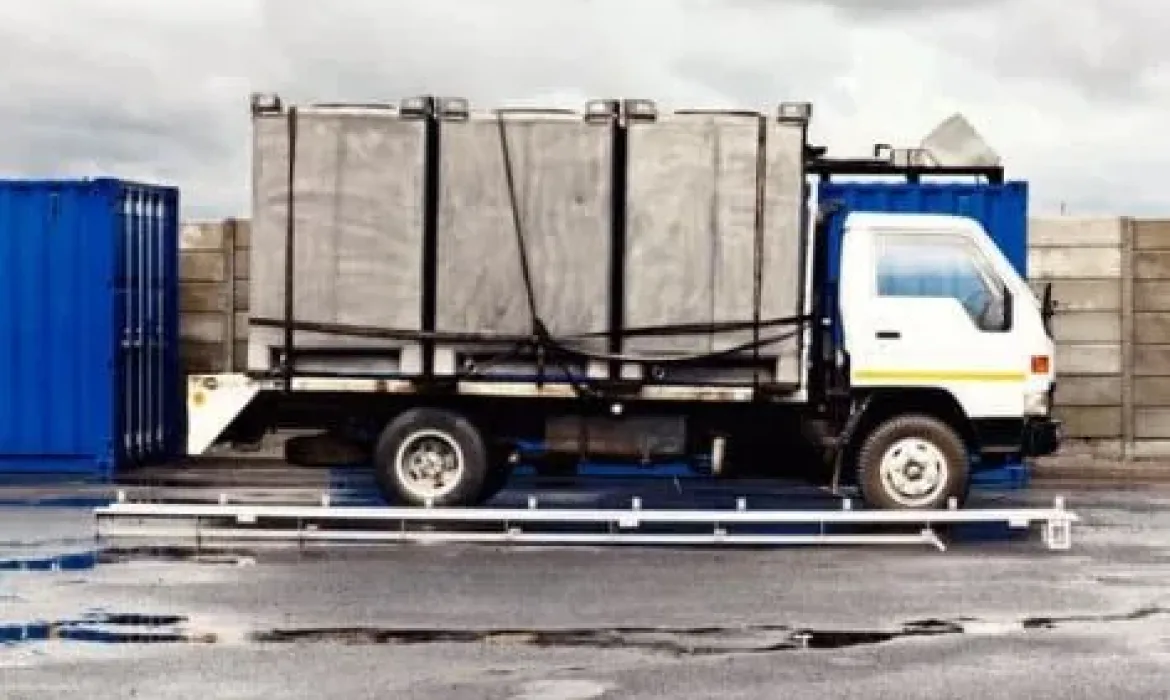Weighbridge Accuracy: Common Mistakes and How to Avoid Them
Ensuring weighbridge accuracy is critical for businesses across various industries. Whether you operate in logistics, agriculture, retail, or manufacturing, accurate weighing systems directly impact your bottom line. Incorrect measurements can result in financial losses, legal complications, and damaged business reputations. Weighbridge inaccuracies may lead to overloading penalties, disputes with suppliers or customers, and inefficiencies in inventory management.
This blog post aims to guide you through common mistakes businesses make with weighbridges and provide expert solutions to ensure your weighing operations run flawlessly. By implementing best practices, you can optimize your weighing processes, maintain compliance with legal standards, and enhance operational efficiency.
Why Weighbridge Accuracy Matters
Weighbridges serve as vital instruments for weighing heavy goods, vehicles, and bulk materials. Accuracy in weighing impacts multiple industries in the following ways:
For those in the logistics business, properly calibrated weighbridges ensure accurate load measurement, preventing overloading, which can lead to legal fines, damage to infrastructure, and excessive fuel consumption.
Farmers and agribusinesses rely on precise weight measurements to ensure fair trade, proper yield tracking, and accurate feed distribution.
Retail: In sectors like bulk goods and food retailing, inaccurate weighing can erode consumer trust, lead to financial discrepancies, and violate trading standards.
In the case of manufacturing, from raw material procurement to finished product distribution, precision in weighing ensures quality control, minimizes waste, and enhances cost-effectiveness.
Poor weighbridge accuracy not only affects financial performance but also undermines credibility with customers and regulatory bodies. Compliance with national and international trade laws requires precise weight measurements to avoid costly legal issues and maintain smooth business operations.
Common Challenges & Mistakes
- Poor Installation Practices
Incorrect site preparation and poor installation can lead to inaccurate readings. Uneven foundations and improper leveling can cause significant weighing errors.
Lack of a solid base may lead to shifting and misalignment over time. Improperly installed load cells can create false weight readings.
Not accounting for site drainage can lead to moisture buildup, affecting sensor performance.
- Overlooking Calibration
Routine calibration is often neglected despite its importance. Over time, environmental factors and frequent usage can cause drift in accuracy, leading to unreliable readings.
Irregular calibration schedules result in small errors accumulating over time. External factors, such as temperature fluctuations, can cause also weight discrepancies.
Many businesses assume initial factory calibration is sufficient for long-term accuracy, which is a costly mistake.
- Ignoring Environmental Factors
Environmental conditions can significantly impact weighbridge accuracy. Strong winds can create force imbalances, skewing weight readings.
Extreme temperatures may cause the expansion or contraction of metal components, affecting calibration. Vibrations from heavy machinery near the weighbridge can also introduce measurement inconsistencies.
- Overloading and Misuse
Exceeding the weighbridge’s capacity can damage load cells, leading to faulty readings and expensive repairs.
Vehicles not properly centered on the weighbridge can lead to uneven weight distribution and errors while also using the weighbridge for items beyond its designed purpose can degrade its components prematurely.
- Lack of Regular Maintenance
Routine maintenance is often overlooked, resulting in poor performance and reduced lifespan.
Dirt, debris, and rust accumulation can obstruct load cells, compromising weighing accuracy.
Loose cables and worn-out components contribute to fluctuating readings.
- Inadequate Staff Training
Operators unfamiliar with the correct procedures may unintentionally compromise weighbridge accuracy.
Poor understanding of proper loading techniques can lead to misreading.
Lack of training in troubleshooting minor weighbridge issues increases downtime.
- Using Outdated Equipment
Older weighbridges may lack the precision and technological enhancements of modern systems.
Analog weighbridges lack data integration features, making tracking and verification difficult.
Wear and tear over time can reduce sensor responsiveness, causing measurement inconsistencies.
Expert Solutions & Best Practices
- Proper Site Preparation and Installation
Ensure a stable, level foundation free from vibrations and shifting soil.
Work with professional installers like Singlestone Nigeria Limited to ensure high-quality installation.
Consider weatherproofing measures to protect weighbridges from extreme conditions.
- Regular Calibration
Implement a structured calibration schedule (monthly or quarterly, depending on usage).
Use certified technicians to adjust and verify accuracy against industry standards.
Conduct in-house checks using known weights to identify potential drift early.
- Environmental Safeguards
Install wind barriers or protective covers if operating in exposed areas.
Use insulation or heating mechanisms in regions with extreme temperature changes.
Minimize external vibrations by placing the weighbridge away from heavy machinery.
- Load Management Education
Train operators to properly position vehicles to avoid uneven weight distribution.
Implement strict policies to prevent overloading beyond the weighbridge’s capacity.
Use traffic control measures to ensure vehicles approach the weighbridge correctly.
- Routine Maintenance Checks
Conduct daily visual inspections for debris, dirt, and potential obstructions.
Schedule professional maintenance for thorough inspections and component replacements.
Lubricate moving parts and ensure electronic connections are intact.
- Staff Training Programs
Develop hands-on training sessions for weighbridge operators.
Provide manuals and digital guides on troubleshooting and best practices.
Encourage continuous learning through periodic refresher courses.
- Upgrading to Modern Weighbridges
Invest in digital weighbridges with real-time data capture and automated calibration features.
Choose weighbridges with integrated software for data logging and analysis.
Work with trusted providers like Singlestone Nigeria Limited for long-term accuracy and reliability.
Accurate weighbridges are crucial for operational efficiency, legal compliance, and financial stability. Poor accuracy can lead to financial losses, regulatory penalties, and damage to business’s reputation. By addressing common mistakes and implementing expert solutions, businesses can prevent costly errors and enhance productivity.
Singlestone Nigeria Limited offers state-of-the-art weighing solutions tailored to your industry’s specific needs. Whether you require new installations, regular calibration, or system upgrades, our expertise ensures precision in every measurement. Contact us today to learn more about our weighbridge solutions and how we can help your business achieve accurate and reliable weighing results.




